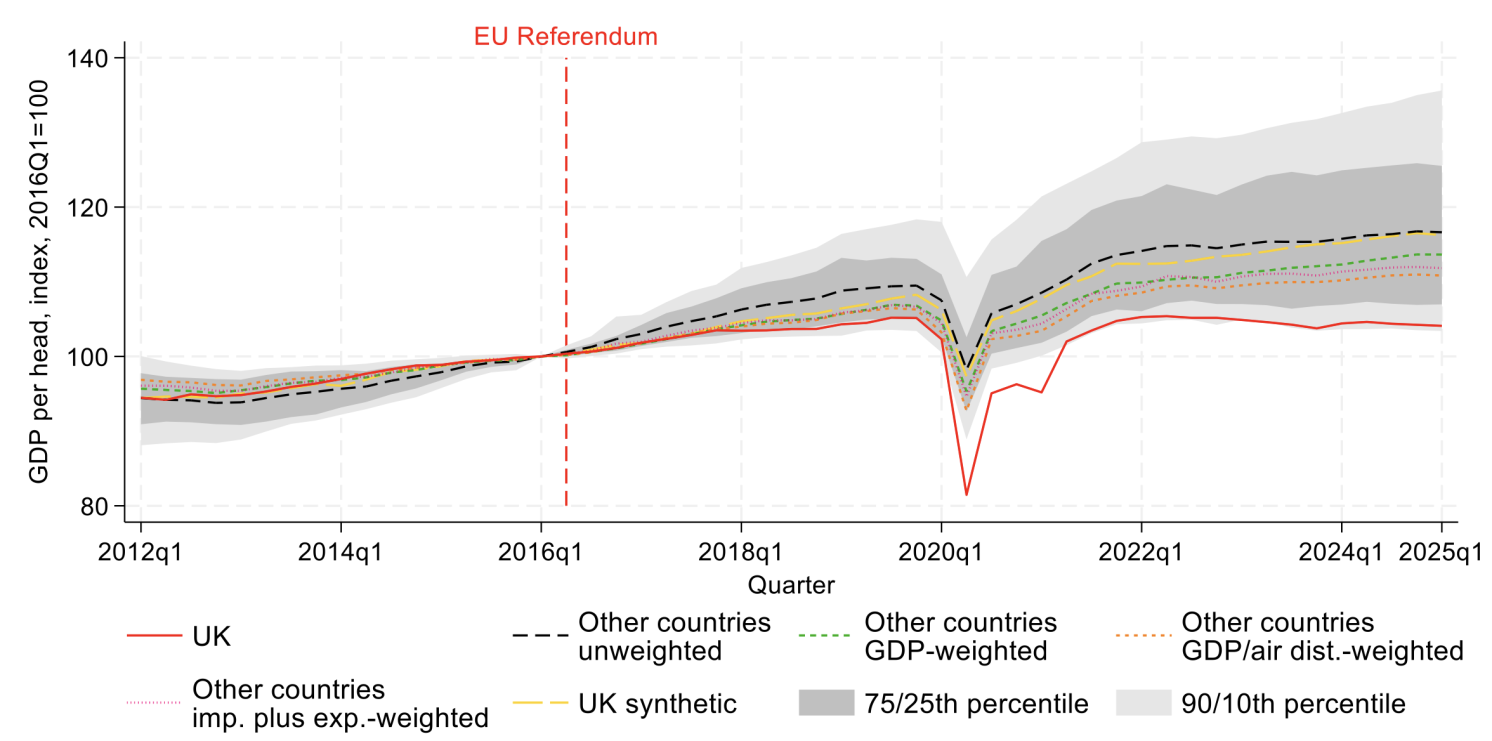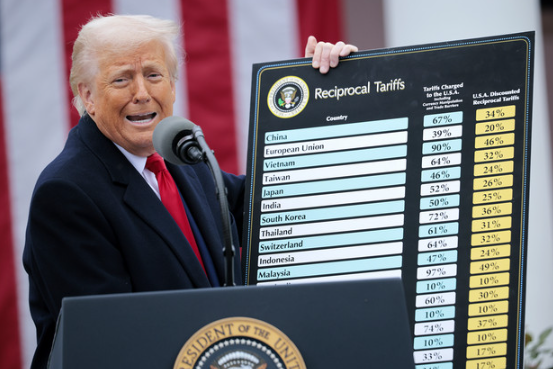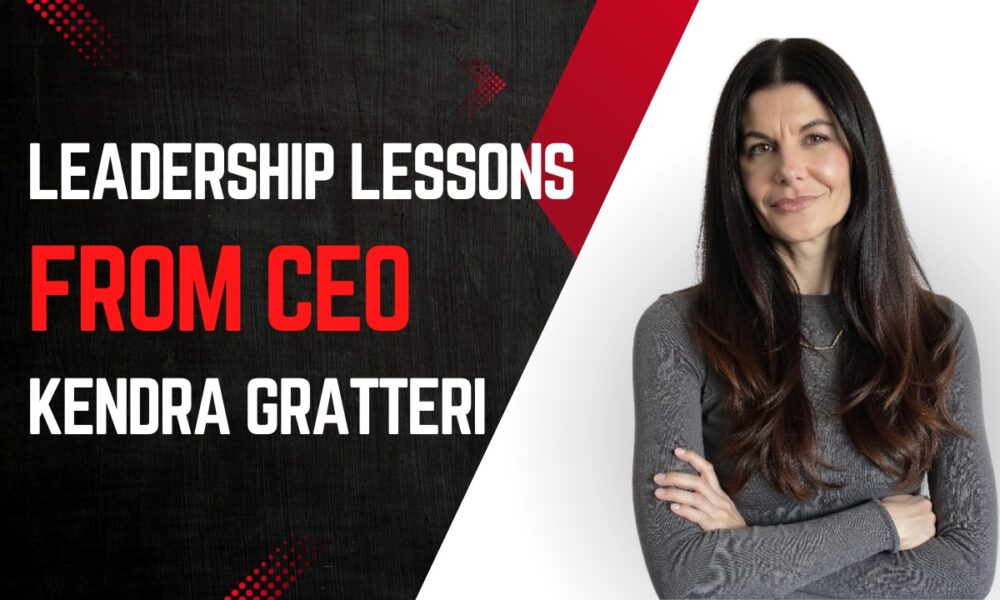How much should I save for a house down payment?
The first step on your journey to homeownership is understanding how much you can comfortably afford to spend. The old-school notion that you need a staggering 20% to 30% down payment before you can even think about owning a home? Let’s kick that idea to the curb because it doesn’t always hold true.
While aiming for a significant down payment is commendable, especially for long-term savings, you can buy your own house for a lot less.
If you’re a first-time homebuyer, you can explore FHA loans, which demand a mere 3.5% down payment. And there’s more good news: if you qualify for programs like the U.S. Department of Agriculture (USDA) or the Department of Veterans Affairs (VA) loan, you could potentially snag your house with no down payment at all.
If you don’t qualify, however, your down payment matters. A more substantial upfront payment often translates to lower interest rates over the life of your mortgage, which can save you a significant chunk of change. Plus, mortgage lenders tend to look favorably on larger down payments because it demonstrates your commitment to meeting your monthly obligations.
So, while the down payment landscape offers various options, it’s wise to weigh the pros and cons based on your unique financial situation and goals.
How to (actually) save money for a house
Once you’ve figured out how much you need against how much you earn, it’s time to start saving money. Here are six insider tips to help you succeed:
Start a conscious spending plan
Budgets are like the New Year’s resolutions of personal finance: promising, but often short-lived. Why? Because they’re designed to make you feel guilty about every latte or avocado toast, focusing on needs and completely overlooking wants.
With a conscious spending plan, on the other hand, you’re not banned from spending but rather encouraged to be more conscious about it. It’s a financial plan that categorizes your expenditures into four types: fixed costs, important investments, savings, and guilt-free spending.
Here’s the breakdown: Allocate a percentage of your income to each category, ensuring that 20% goes straight into your savings. For example, if you’re pulling in $100K, park $20K aside for that down payment on your dream home. It’s about prioritizing minus much of the pain.
For a deeper dive into the conscious spending plan, check out my blog, “Conscious Spending Plan: How to Budget by Looking Into the Future”, where I talk about flipping the script on budgeting and making your financial strategy work for you, not against you.
Cut out bad spending habits
Breaking bad spending habits is key to becoming a more conscious spender. The key is to identify those habits that funnel money away from your down payment fund. Are impulse buys your Achilles’ heel? It’s time to rein them in. Got multiple streaming subscriptions? Pick one favorite and redirect those extra bucks to your savings. It’s these small tweaks that can add up to significant financial gains.
Think of it as a financial detox, cutting out the unnecessary and making your money work smarter for you. The next time you’re tempted to splurge on something that won’t get you closer to your dream home, remember the bigger picture.
Again, it’s not about deprivation; it’s about making intentional choices that align with your dream home goals. Remember that every dollar you save is a step closer to unlocking that front door.
Make money on the side
Thanks to the Internet, making money on the side has never been more accessible than it is today. You don’t need to be a seasoned pro or hold a degree to kickstart your side hustle.
It’s about finding what suits you best and making sure you take extra steps to become good at what you do, whether that’s freelancing, offering consulting services, selling handcrafted goods on platforms like Etsy, or providing essential services to others.
The key is consistency. Once you’ve identified your niche and honed your skills, keep at it. Reinvest those extra earnings into your savings, and you’ll be amazed at how your financial future can transform.
Don’t know what side hustle to pursue? No problem! My blog “50+ Best Side Hustle Ideas To Make Money Fast (+ #1 Secret)” can get you started in no time.
Work on your debt
Getting a mortgage isn’t just about finding the right house; it’s about securing the best deal, and that starts with your credit score. A low credit score can cost you a small fortune in interest, potentially adding up to thousands of dollars over your mortgage’s lifespan.
For example, having a FICO credit score of 630 compared to a 790 could mean paying an extra $66,000 — money you could use for so much more.
To tackle this, take a close look at your credit card balances, student loans, personal loans, and auto loans. Start a strategic debt payoff plan, focusing on one at a time. Whether it’s the Snowball or Avalanche method, what matters is progress.
Automate your savings
Imagine effortlessly saving money without feeling the pinch. That’s the magic of automating your savings. No need to agonize over moving money manually; instead, let a system do the heavy lifting for you. It’s like having a financial assistant that ensures your savings grow consistently.
You only have to set it up once and every month, like clockwork, a portion of your income finds its way to your savings. It’s both convenient and a psychological game-changer!
By automating, you’re making the act of saving a non-negotiable part of your financial routine. Your savings grow quietly in the background, leaving you to focus on what truly matters: your journey toward that dream home.
Learn to say no
Downsizing and saying no to things that don’t serve your goal doesn’t mean turning your life into a monotonous routine; it means prioritizing the things you truly care about. Sure, it might mean skipping a few brunches or saying no to a Taylor Swift concert (after buying tickets to see Beyoncé), but think of it as a trade-off for something far more significant — your future home.
Every time you decline an invitation or choose a simpler, cheaper alternative, you’re redirecting money toward your dream. You’re not depriving yourself but you’re being more conscious about your spending. It might sting initially, but the joy of moving into your dream home will far outweigh the temporary discomfort of saying no.
Start your journey to becoming a homeowner
Forget all the one-size-fits-all advice; your journey is as unique as your Rich Life. The key is to align what you want with what you can afford, making it a personalized and sustainable adventure.
Start by understanding your financial landscape. What are your goals, and what can you realistically save? This isn’t a sprint; it’s a marathon. Be super consistent in putting money aside, even if it feels like a drop in the ocean at first.
Remember, it’s not about keeping up with theories but about setting your pace, saving diligently, and making decisions that align with your vision of what a happy, fulfilled life should look like.





































